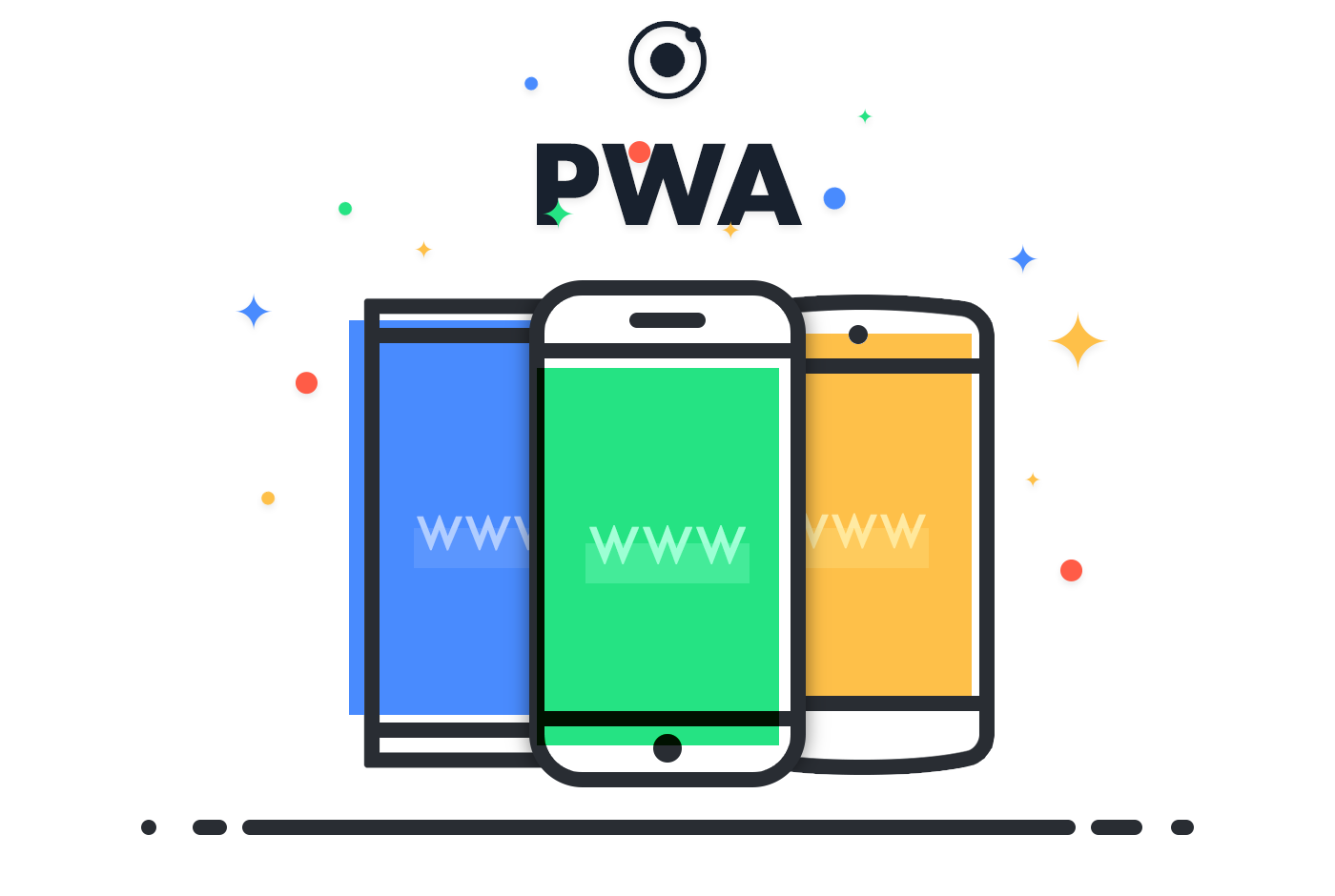
Progressive Web Apps – The Missing Link in the Transition to the Modern World
Progressive Web Apps make use of new web technologies to deliver a program-like user interface. They evolve from regular web pages to immersive, high-level applications, maintaining the low friction of the web at all times. As the user builds a long-term relationship with these applications through consistent use, they just make the icing on the cake-loaded with advanced features and intuitive interface. These applications can be used in all browsers, platforms and devices. However, they are best implemented using progressive websites.
Native applications developed for mobile and native platforms use the native browser. Progressive Web Apps are not created in browsers; instead they are created using a JavaScript engine. Progressive browsers, which include webkit and browsers such as webkit-extension, are the primary candidates for delivering these services. Native apps developed using HTML, CSS and JavaScript can also use this technology to deliver high quality Progressive Web Apps.
The main benefit of a Progressive Web App is the enhanced interactivity it offers to users. Users do not have to wait for long animations because they are always active. For example, a visitor to your website will be prompted to “Hover over an image” every few seconds. Similarly, if your website has to offer continuous scrolling, a Progressive Web App can be easily integrated with your mobile application. You can easily create a “Settings” tab in your mobile application which allows your users to toggle through different settings which is available only when the page is viewed on a Progressive Web browser.